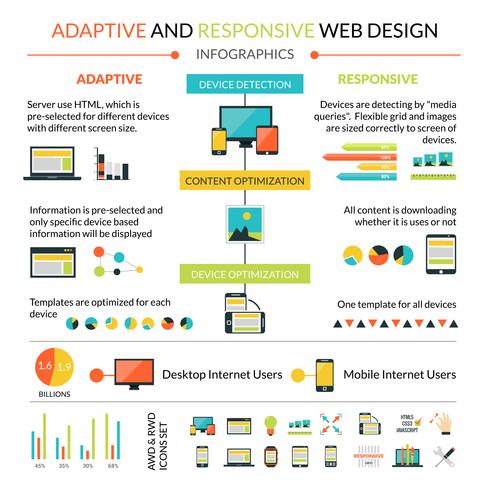Web Site Style Basics: Tips For Structure A User-Friendly Site
Web Site Style Basics: Tips For Structure A User-Friendly Site
Blog Article
Content Author-Christophersen Devine
When it concerns site design, making certain user-friendliness is crucial. From responsive design to structured navigation, every element plays an important duty in creating a website that caters to your audience's requirements. However what about https://www.htmlgoodies.com/seo/free-tools-seo-analysis/ that can make or break an individual's browsing experience? Remain tuned as we discover some often-overlooked tips that can raise your internet site's use to the next degree, making it truly stick out in the electronic landscape.
Importance of Responsive Layout
Receptive layout is an important element of modern-day website advancement. Ensuring your website is responsive ways that it can adapt to different screen dimensions and tools, providing a seamless experience for users.
With the enhancing use smartphones and tablet computers to access the net, having a responsive style is essential for getting to a larger audience. It helps in enhancing individual experience by making your web site simple to browse and read on any kind of gadget.
Additionally, responsive style can positively affect your online search engine positions, as internet search engine like Google prioritize mobile-friendly internet sites. By having a receptive layout, you're likewise future-proofing your internet site, as brand-new gadgets with varying display sizes continue to arise.
Simplify Navigating Structure
To improve user experience and assist in easy access to info on your website, streamlining the navigating framework is vital. When developing your site, focus on creating a clear and instinctive navigating food selection that assists visitors find what they're looking for swiftly.
Limit the number of food selection products to the fundamentals, grouping relevant pages with each other to avoid frustrating users. Usage descriptive tags that clearly indicate the web content of each web page, making it much easier for users to comprehend where each web link will take them.
Consider implementing dropdown food selections for subcategories to prevent jumbling the major navigating bar. In addition, consist of a search bar plainly on the page for individuals who choose looking for certain information.
Prioritize mobile responsiveness in your navigation layout to guarantee easy gain access to on all gadgets.
Optimize Web Page Tons Rate
Improving page load rate is vital for keeping site visitors on your website. Slow-loading supplemental resources annoy individuals and can cause high bounce prices. To maximize web page lots rate, start by enhancing photos. Compress pictures without compromising quality to reduce their file sizes.
Furthermore, allow browser caching to store regularly accessed resources locally, speeding up load times for returning site visitors. Minify CSS, JavaScript, and HTML files by getting rid of unneeded personalities, remarks, and format, boosting tons speed.
Think about using a web content shipment network (CDN) to disperse your internet site's web content across multiple web servers worldwide, reducing latency for individuals accessing your site from different places. Finally, limit making use of third-party scripts and plugins, as they can considerably influence load times.
Conclusion
Finally, by including receptive style, simplifying navigation, and optimizing web page lots speed, you can produce an easy to use site that appeals to a wider target market and enhances user experience. These essential elements make certain that visitors can easily gain access to and browse your site across various devices, causing boosted interaction and complete satisfaction. By focusing on these vital aspects, you can construct a successful site that maintains users returning for more.
